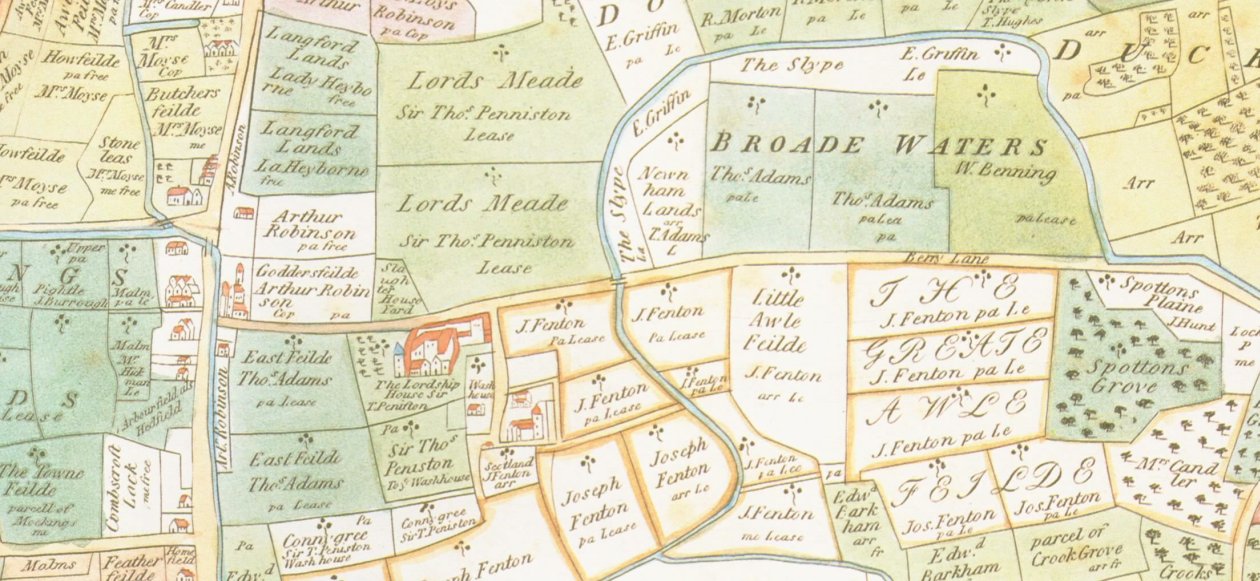The Museum’s History
Bruce Castle is named after the Scottish House of Bruce, who owned the land on which it stands until Edward I sequestered it as penalty for rebelling against him. Bruce Castle and its Round Tower are Tottenham's only Grade 1 listed buildings (both listed 1949 but separately).
The manor of Tottenham is recorded in the 1086 Domesday Survey, but although the Bruce family built a house here in the mid-13th century no traces of any medieval buildings have been located. The oldest parts of the present building date back to the 16th century, when it was owned by Sir William Compton, the master of Henry VIII's bed-chamber. Compton's brick structure has been modified several times since then by successive owners in the 17th, 18th and 19th centuries, including Lord Coleraine and the postal reformer Rowland Hill, the inventor of the Penny Post, who opened a school for boys on the site in 1827.
The house and its grounds (the 8 hectares which is all that remains of the house's original much larger estate) were purchased by the local authority in 1892. The park, opened to the public in that year, is Haringey's oldest. The building opened to the public as a museum in 1906, although many of its original collections were dispersed during the course of the twentieth century.
The museum's present collections cover the history of the areas which make up the London Borough of Haringey and, on the strength of its connection with Sir Rowland Hill, a postal history collection built up by telephone and post office worker W. V. Morten between the 1880s and his death in 1923.
Bruce Castle is also home to the archives of the London Borough of Haringey. The archives may be visited by phoning the museum on 020 8489 4250 and making an appointment.
